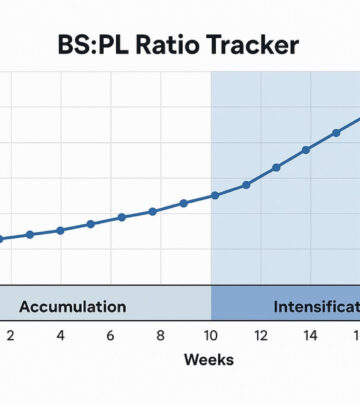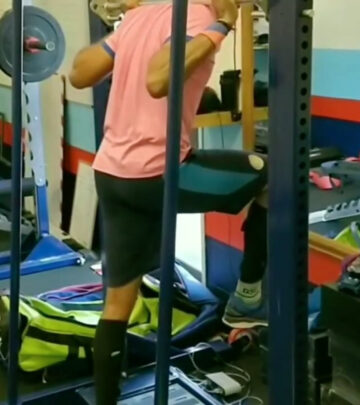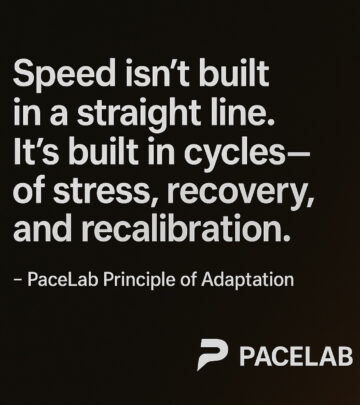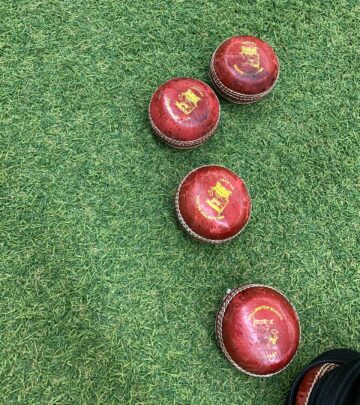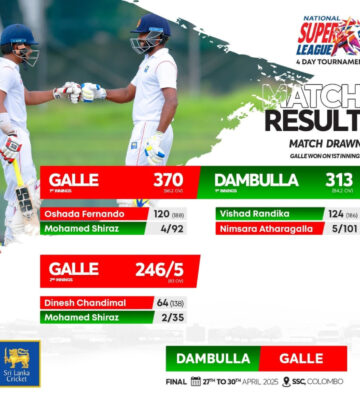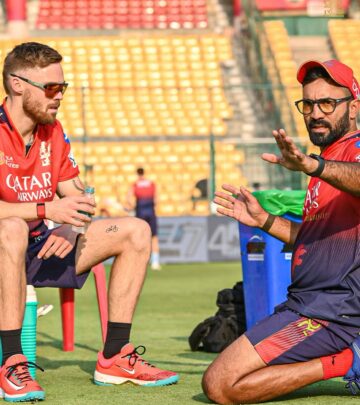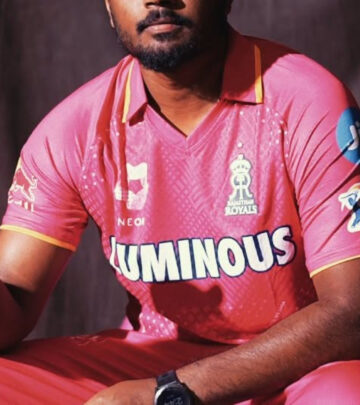Train Smarter to Bowl Faster: Multi-Planar Strength for Fast Bowlers
Boost Fast Bowling Speed With Multi-Planar Strength Training for Peak Performance at Pac!!
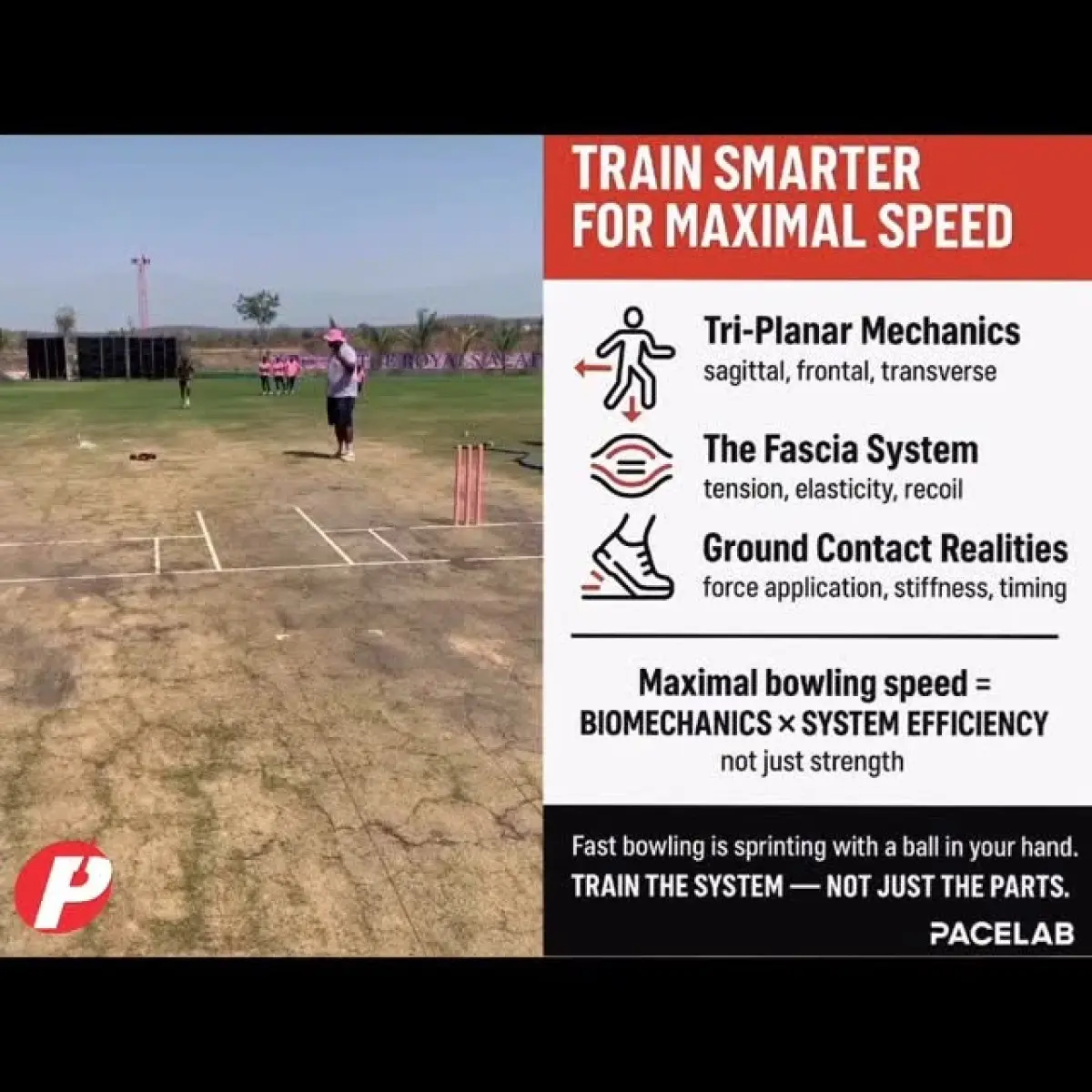
Image: Instagram
In fast bowling, raw power is only part of the equation. As modern training methods evolve, experts and elite athletes agree that speed and performance at the crease rely not just on muscle mass but on how that strength is effectively transferred into action. The idea is simple yet profound: train smarter, not just harder. Strength that truly transfers to fast bowling demands a holistic approach, integrating multi-planar movement, coordinated force production, and even the enigmatic role of the fascia. Recent insights from training sessions and social media posts by PaceLab and celebrity trainer Steffan Jones reinforce this multifaceted approach.
Understanding Multi-planar Training
Traditional strength programs usually emphasize bilateral and sagittal-plane lifts—the kind you observe in heavy squats and bench presses. However, fast bowling is far more complex. As explained on PaceLab’s recent Instagram post, achieving maximal bowling speed necessitates training across the three planes of movement: sagittal, frontal, and transverse. These planes mimic the dynamic motions of a bowler’s delivery stride, capturing the essential elements of rotational power, coordinated limb motion, and explosive hip-shoulder separation.
When bowlers perform multi-planar exercises, they align their training routines more closely with the physical demands of the sport. Movements that challenge stability in different directions can activate smaller stabilizer muscles and optimize the neuromuscular patterns critical for explosive speed. This approach not only enhances performance but also reduces the risk of injury by ensuring that every part of the kinetic chain is robust and responsive.
The era of isolated, heavy lifting is giving way to training programs that are dynamic, data-driven, and precisely tuned to the biomechanical demands of fast bowling. For those looking to boost performance on the field, the message is unmistakable: adopt a smarter, more holistic training methodology. As the sport continues to evolve, so too must the techniques we use to prepare our athletes—not just to compete, but to excel.
Read full bio of Joyce



